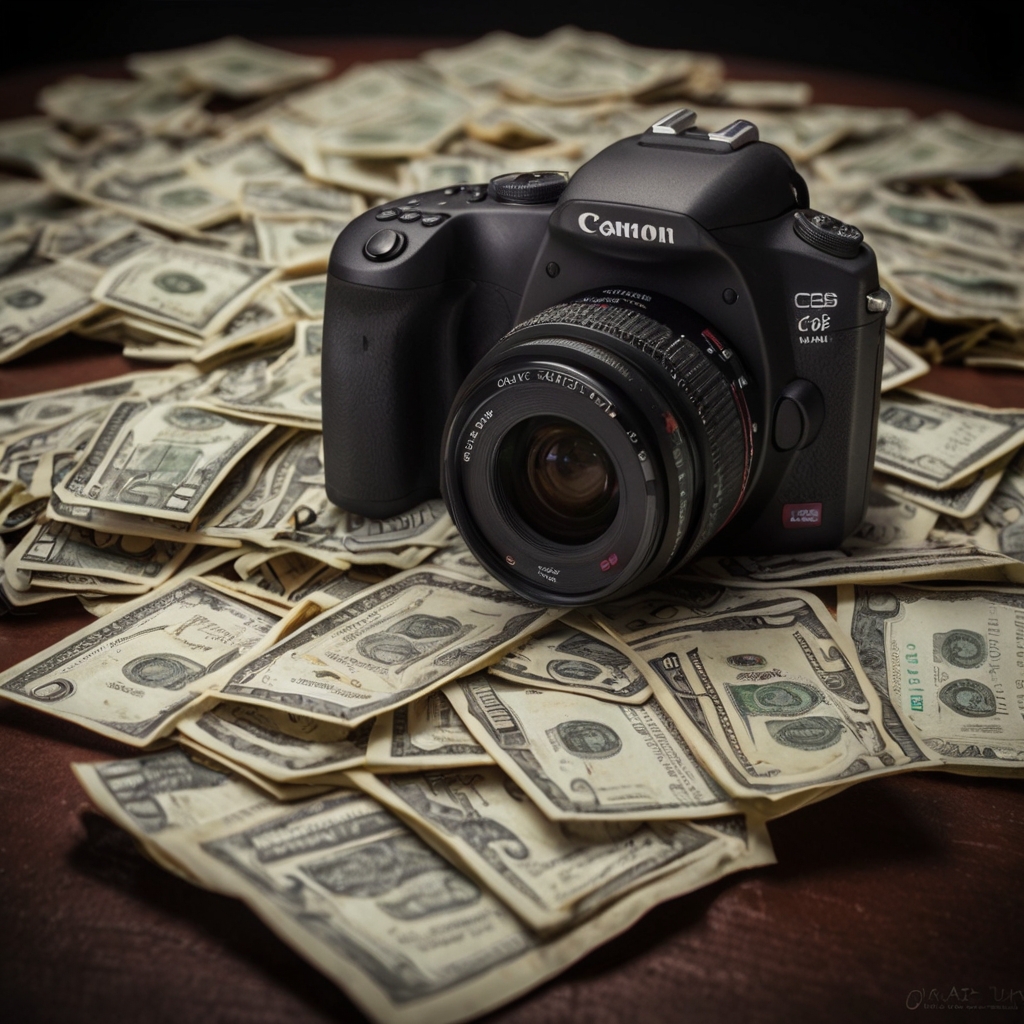How to Price Handmade Crafts to Maximize Profit
✨ Introduction
You’ve poured your soul into your craft. Whether it’s a hand-stitched quilt, a personalized piece of jewelry, or a ceramic mug that tells a story — your handmade work holds value. But here’s the hard truth: if you don’t price your work correctly, you’re not only losing money — you’re dimming the light of your passion.
Table of Contents
TogglePricing your handmade crafts isn’t just about slapping on a number. It’s about respect — for your time, talent, and the heart you put into every creation. Let’s dive into how to honor your work while building a thriving, profitable business.

💰 Understanding Your True Costs
Cost of Materials
Start by listing every single material you use — thread, wood, beads, paint, packaging — all of it. Even that tiny embellishment you almost forgot to count. Add up the cost per product.
Tip: Always buy in bulk when possible and divide costs accordingly.
Time is Money: Calculating Your Labor
Time is the invisible ingredient. If it takes you 2 hours to crochet a baby blanket, and your time is worth $25/hour, then that blanket already costs you $50 in labor.

Ask yourself: What is my time worth if I were paid fairly?
Overhead Costs You Shouldn’t Ignore
Utilities, workspace rent, website hosting, marketing costs — they all count. Break these down into monthly or item-based percentages.
🔢 Pricing Models for Handmade Crafts
Cost-Plus Pricing Formula
This classic formula ensures you cover all costs and make a profit.
(Material Cost + Labor + Overhead) × Markup = Price
Example:
($10 + $25 + $5) × 2 = $80
Market-Based Pricing Strategy
Check your competitors — not to copy, but to understand the landscape. Where does your product stand in quality and uniqueness?

Value-Based Pricing: What Are Your Creations Really Worth?
Sometimes, it’s not about what it costs you, but what it’s worth to your customer. If your item brings joy, solves a problem, or feels personal — that’s value.
🔍 Evaluating Competitor Prices
Learning from Others Without Undervaluing Yourself
Sure, someone might be selling handmade earrings for $10. But are they using quality materials? Is their finish clean? Are they underpricing?
Standing Out Without Underpricing
Being affordable is nice, but being memorable is better. Charge what your product is truly worth — and make your uniqueness the selling point.

📈 Factoring in Profit Margins
What’s a Healthy Profit Margin for Handmade Goods?
Aim for at least 30-50% profit margin after covering all costs. This ensures sustainability.
Why Profit is Not a Dirty Word
You’re not greedy. You’re building a business. Profit = growth, security, and creative freedom.

💖 Emotional Value of Handmade
Don’t Sell Your Soul for Less
Your work is personal. Each piece carries your story. Don’t devalue your art just to make a sale.
Educate Your Customers About What They’re Paying For
Tell them why your product costs what it does. Show behind-the-scenes videos. Share your process. Let them see the heart behind the price.

🚫 Mistakes to Avoid When Pricing Crafts
The Trap of Underpricing to Gain Sales
Low prices might attract buyers, but they’ll expect the same price forever. Worse, it hurts the whole handmade community.
Ignoring Business Expenses
Forget to include fees, packaging, or shipping? You’re bleeding money without realizing it.

📊 Adjusting Prices Over Time
When and How to Raise Your Prices Gracefully
If your materials get more expensive or you improve your skill, you deserve a raise. Announce it respectfully and confidently.
Staying Competitive Without Selling Yourself Short
Value is more than cost. Improve packaging, offer great service, and share testimonials.

🗣️ How to Communicate Your Pricing Confidently
Building a Story Around Your Craft
People love stories. Don’t just sell — connect. Your “about” section should make them feel something.
Using Descriptions That Justify Your Prices
Use phrases like “ethically sourced,” “hours of handcrafting,” or “limited edition.” Make every word add value.

🛒 Selling on Different Platforms
Etsy, Craft Fairs, Instagram – Does Pricing Change?
Yes. Platform fees, audience types, and shipping requirements vary. Adjust pricing accordingly.
Accounting for Fees and Shipping
Always include platform fees (Etsy, PayPal, Stripe) in your price formula. Offer free shipping only if it’s covered in the price.

🎁 Offering Discounts and Bundles the Smart Way
When Discounts Make Sense
Clearance, special events, or loyal customer rewards are good times. Avoid constant discounts.
Creating Value Without Slashing Prices
Offer bundles or “buy 2 get 1 free” deals instead of lowering individual item costs.

🧠 Psychological Pricing Techniques
The Power of Numbers: Why $49 Feels Better Than $50
It’s strange but true — prices ending in 9 feel lower to the brain.
Anchoring and Upselling Strategies
List a high-end version first to make mid-range options feel more affordable. Offer add-ons.

📒 Using Tools and Spreadsheets to Track Everything
Stay Organized to Stay Profitable
Track materials, time, sales, fees — everything. It helps you price smarter and grow faster.
Simple Tools for Handmade Business Success
Use tools like Excel, Google Sheets, or apps like Craftybase or QuickBooks Self-Employed.

💬 Conclusion
Pricing your handmade crafts isn’t just a numbers game — it’s a love letter to your work. Every price tag should reflect the care, time, and magic that you pour into each piece. Don’t be afraid to ask for what your work is worth. Respect yourself, and your customers will, too.

FAQs
1. How do I handle price objections from customers?
Educate them. Explain the value, time, and materials that go into your work. Most people don’t realize the effort behind handmade.
2. Should I price differently for online vs in-person sales?
Yes, consider platform fees, shipping, and your audience. In-person may allow for higher perceived value.
3. What’s the best way to calculate my time per item?
Use a timer while working. Track for a few pieces, then average it out.
4. Is it okay to increase prices for popular items?
Absolutely. High demand often justifies higher prices. Just keep communication clear with your customers.

5. How do I make customers see the value in handmade?
Share your story. Use photos and videos showing your process. Educate them on the difference between handmade and mass-produced.
What is Quantum Computing?
Quantum Computing and the New Monetary Distribution System is an in-depth educational video series that uncovers how quantum technology is set to transform the future of global finance. Through clear explanations, engaging visuals, and expert-led lessons, this course breaks down the complexities of traditional monetary systems and the growing challenges they face in speed, security, and scalability. Learners will explore how quantum computing delivers groundbreaking advances in data processing, encryption, and algorithmic power—paving the way for real-time transactions, secure financial infrastructures, and decentralized value distribution. Designed for both curious minds and professionals, this series brings the future of finance to life in an accessible, captivating format.



Got a lot of time for this.
Good onya for putting this together! Absolute gold.